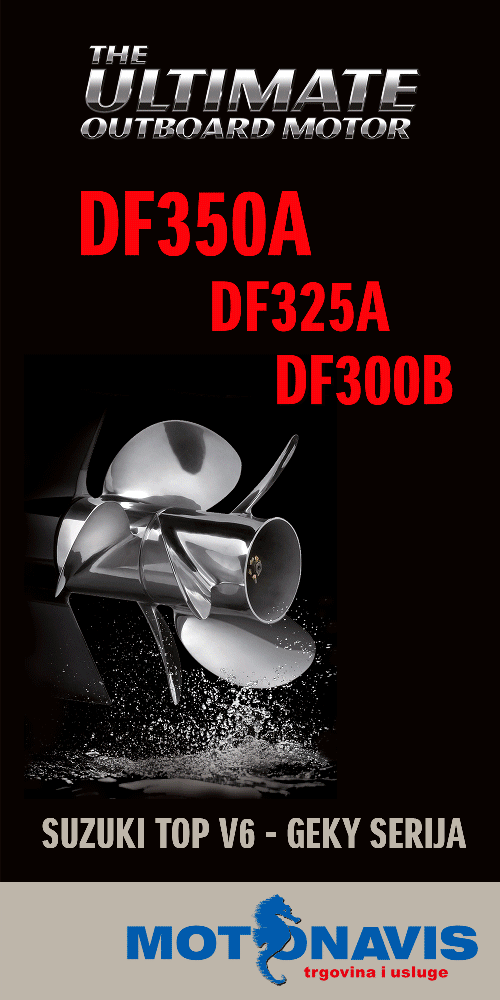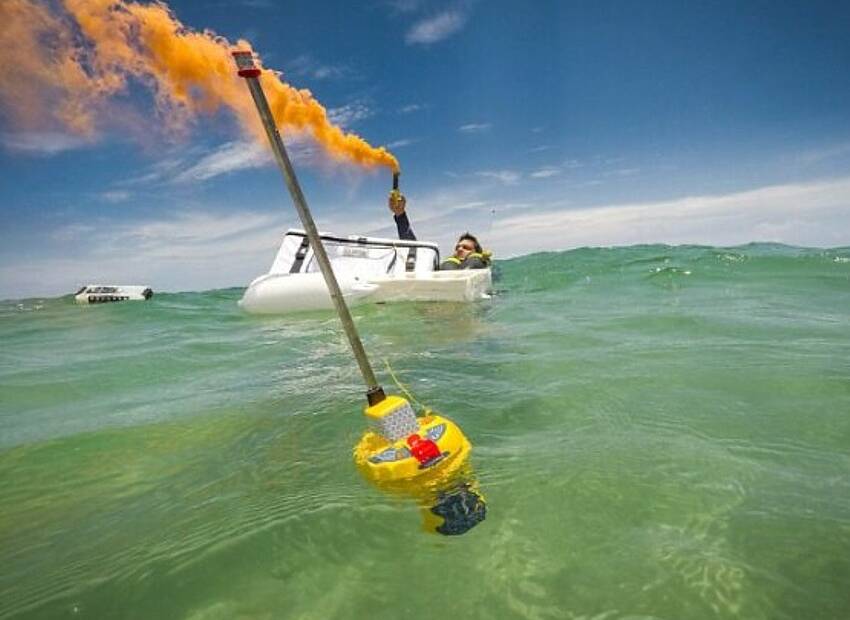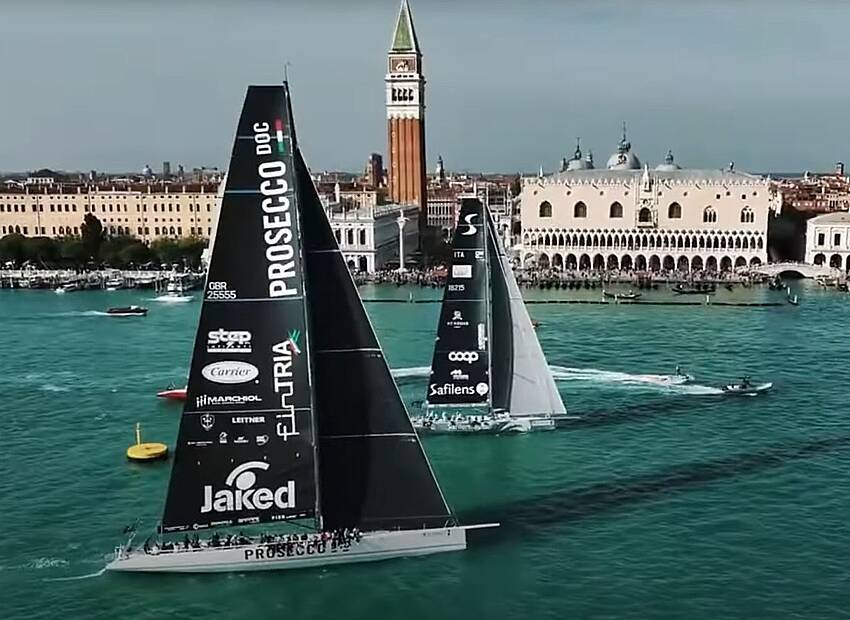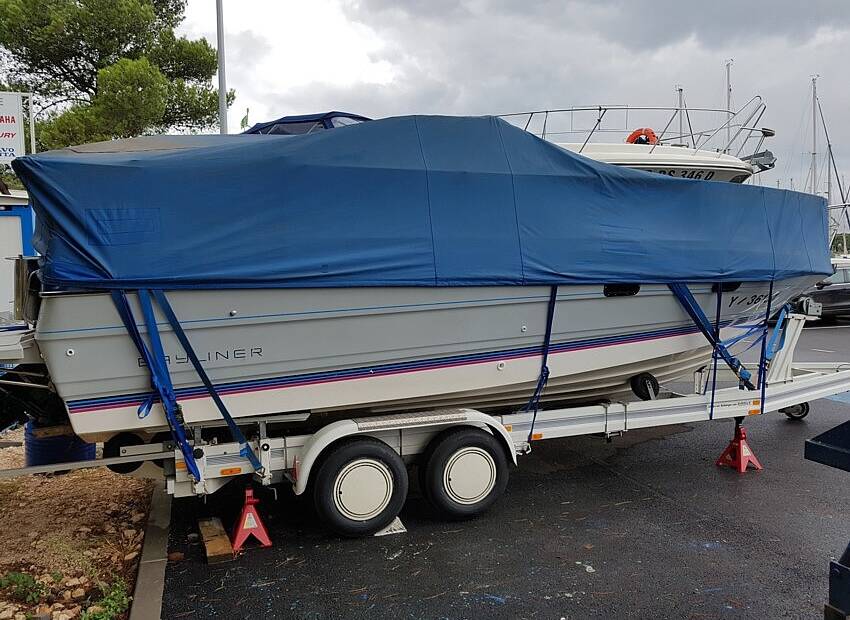I believe sailors are a curious lot. We never seem to stop learning. It's kind of magical to deal with invisible forces. After all, we cannot see the wind. But we can see the results of the wind. Some folks say I drive them nuts because I preach the importance of balance.
Glad to hear it, and here's why...
I believe balance ranks as just about the most important factor in all of sailing. Without balance, you will never achieve maximum sail power from your boat or any boat. Balance your boat and you'll be rewarded with more speed, power and comfort.
How many times have you seen pictures of boats heeled over, rail meat lining the windward rail and the steerer with white knuckles and a silly grin on his or her face (or maybe that's a grimace)?
Conduct this simple test aboard your sailboat. Next time you are close hauled and have the boat on that fine line between luffing and sailing, lift up your hands off the tiller or wheel for just two to three seconds. Which of these three scenarios occur?
1. Does your boat head upwind like a pirouetting ballet dancer?
2. Does your boat bear away from the wind like she's lost her way?
3. Does your boat make a super slow, graceful turn upwind?
If she performs the first scenario, this indicates a boat out of balance. You'll have to fight the wheel or tiller to keep her on course. This indicates too much mainsail area relative to the headsail area. Reduce mainsail area (reef) or add more headsail. I'm a huge fan of reefing the mainsail as soon as the boat gets out of balance. This seems to cure things most of the time.
If she performs the second scenario and bears away without assistance from tiller or wheel, you have the dreaded "lee helm". Perhaps you have too much headsail relative to mainsail area. Few boats will have a problem with lee helm.
The third scenario represents what you want to shoot for. Your boat should want to almost steer herself in all weathers. You should be able to hold a sailing course with just one or two degrees of tiller or wheel. This applies when sailing in light air, moderate air, or heavy air--flat calm or choppy sea.
Think of your tiller as just an extension of the keel. The straighter you keep that appendage, the faster your boat will sail. Turn the rudder and you start to induce drag. If you need to use lots of rudder to steer a course, you might as well be stomping on a brake. That's what's going on.
Balance the boat's sail plan so the she holds her course with minimum assistance from you. Nine times out of ten, you will be rewarded with more speed and less weather helm. Your boat will sail flatter and faster.
So, next time you hear someone complain that they have a tough time getting the autopilot or wind vane to behave, now you know why. Sailing starts and ends with balance. Sail safe this season. And sail well.
Click here to learn more about Skippertips Membership!
Captain John
www.skippertips.com






















